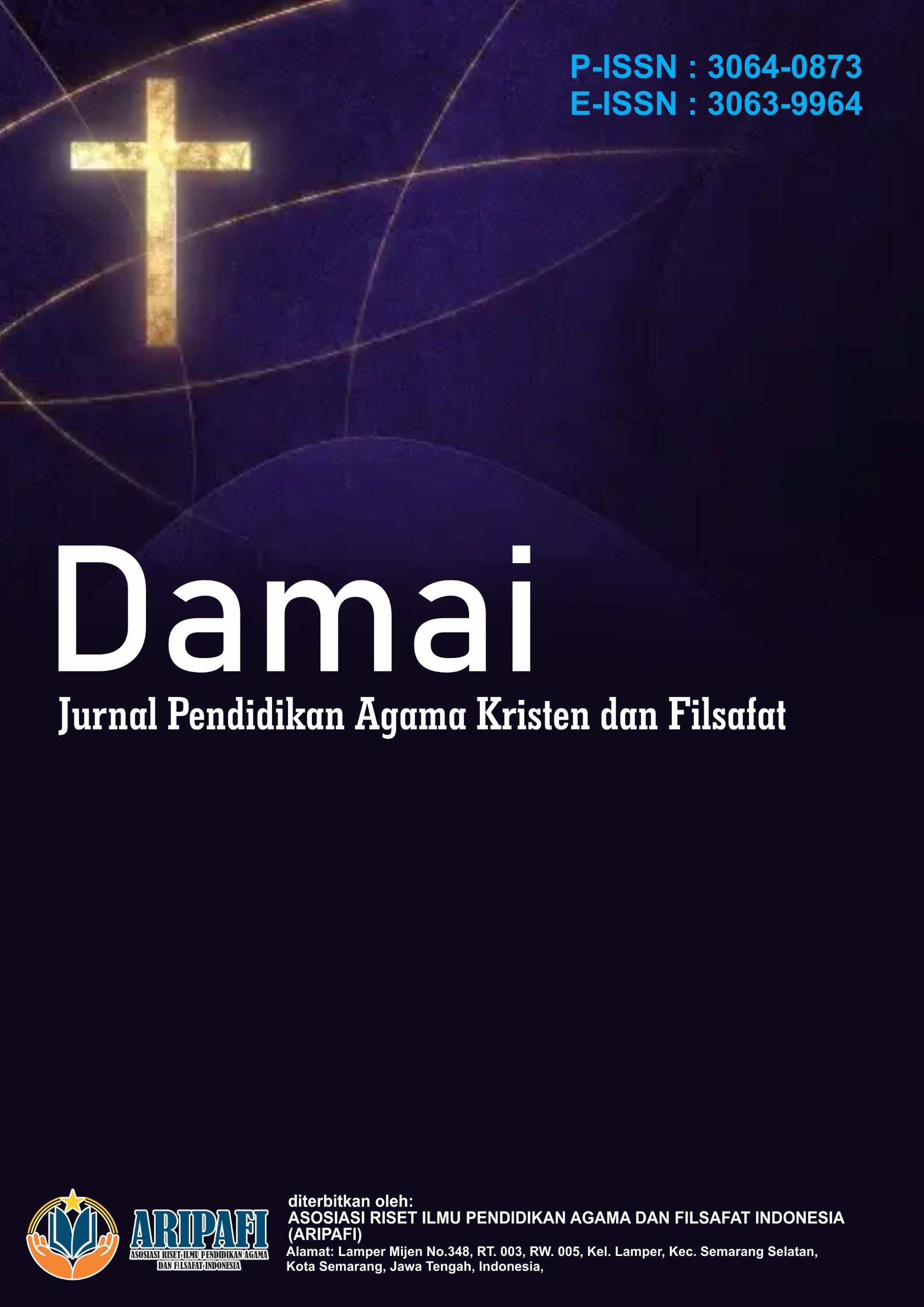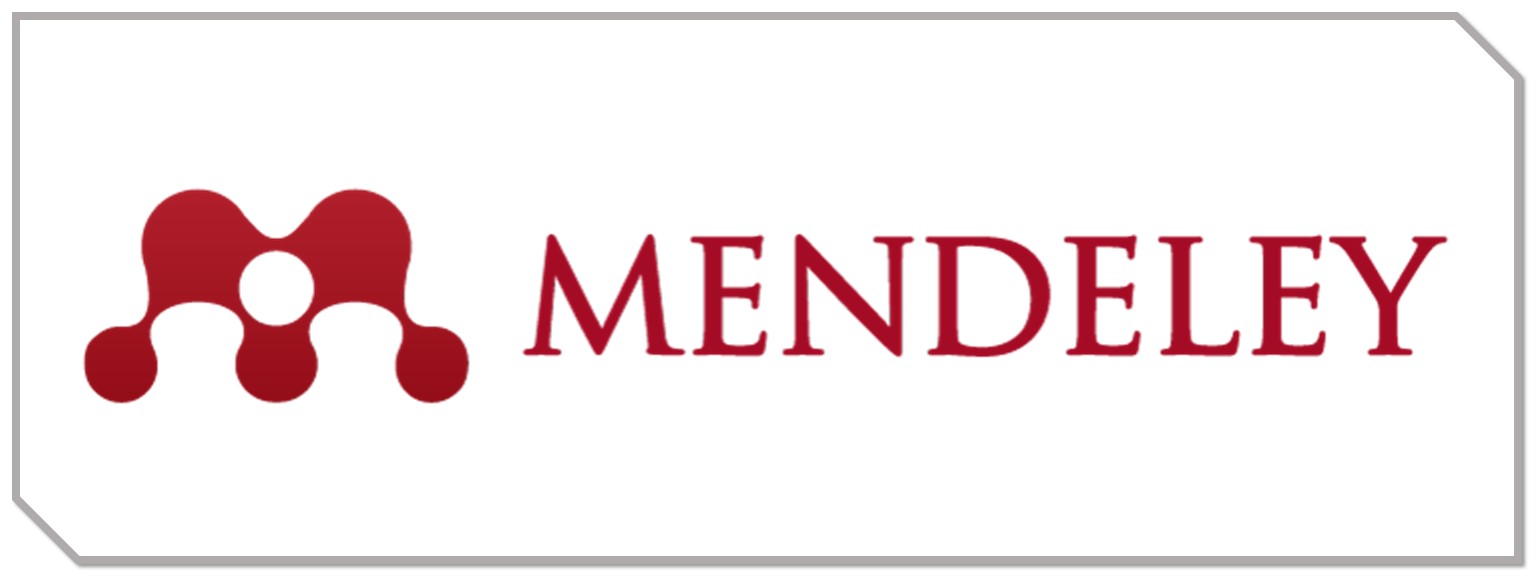Tinjauan Kritis Ritual Sangiang dalam Perspektif Kristianidi Paroki Santo Fransiskus Parengean Assisi
DOI:
https://doi.org/10.61132/damai.v1i3.49Keywords:
Sangiang, Perspective, Saint Francis ParishAbstract
This study aims to find out the view of Dayak Ngaju Catholics about Sangiang Rituals, their appreciation about the sacrament of anointing the sick, and the implementation comparison about the sacrament of anointing of the Sick and rituals of Sangiang in Ngaju Dayak culture. The method used in this study is qualitative research methods. Data is obtained by interview, observation and documentation. The data obtained were analyzed using Miles and Huberman steps used through data reduction, data presentation and conclusion drawing. The results of the study show that Dayak Ngaju people know about the Sangiang ritual as a healing ritual in Dayak Ngaju’s culture. The people know about the sacrament of the anointing of the sick in the Catholic Church as one of the sacraments asking that the sick person is strengthened in order to be able to pass through all his illnesses because of God's help.This conclusion is that the sangiang ritual has a social dimension that directs, and brings people to realize that to live together requires a sense of caring between one another. The values contained in the sangiang ritual are values of togetherness and brotherhood. The presence of the Church in the culture is the entrance to proclaiming the kingdom of God, especially giving catechesis related to the sacrament of anointing the sick because God himself works to heal especially in the sangiang ritual.
References
Bagiyowinadi, Didik. 2003. Menghidupi Tradisi Katolik. Yogyakarta: Yayasan Pustaka Nusatama.
Blolong, Raymundus Rede. 2012. Dasar-Dasar Antropologi. Ende: Nusa Indah
Bingan, dkk. 2005. Kamus Dwibahasa Dayak Ngaju. Palangkaraya: CV. Primal
Indah.
Hardawiryana, 1993. Dokumen Konsili Vatikan II. Jakarta: Obor.
¬¬¬¬¬¬¬¬¬¬¬¬¬¬¬¬¬¬ Jelahu, Timotius Tote. 2015. “Diaolog Kreatif Jati Diri Budaya Dengan Kristiani Dalam Perspektif Mgr.Wilhemus Van Bekkum” dalam Junal Berbagi, Vol. 4, No. 2, Juli 2015.
_________________. 2016. “Refleksi Kontekstual Model Antropologi Menyikapi Budaya Menyulam Warna Khas Gereja Lokal” dalam Jurnal Berbagi 5 (1).
Kleden,Paulus Budi. Teologi Terlibat. 2012. Maumere: PT Ladalero.
Margono. 2009. Metodelogi Penelitian Pendidikan.Jakarta: Rineka Cipta.
Martasudjita. 2003. Sakramen-Sakramen Gereja. Yogyakarta: Kanisius
Meleong, J.Lexy. 2009. Metodologi Penelitian Kualitatif. Bandung: Remaja Rosdakarya.
Panda, Herman Punda. 2014. Menguak Praktik Iman Ganda di Loura. Jurnal Ledalero. 13(1).
Riwut, Tjilik. 1993. Kalimantan Membangun Alam Dan Kebudayaan. Yogyakarta: NR Publishing
Riwut, Nila. 2003. Menyelami Kekayaan Leluhur. Palangka Raya : Pusaka Lima.
Sukiada, Kadek. 2015. Sistem Medis Tradisioanal Suku Dayak Dalam Hindu Kahringan di kota Palangkaraya Propinsi Kalimantan Tengah.XIII (26): 1-135.
Sari, Abrilomi Puspita. 2017. Tukang Sangiang Studi Sosio-Historis tentang Peran dari Tukang Sangiang dalam Ritual dan Bermasyarakat di Suku Dayak Ngaju. Tesis. Universitas Kristen Satya Wancana. Salatiga. Program Studi Sosiologi Agama.Falkutas Teologi
Satori, Djam. 2010. Metode Penelitian Social. Bandung: Penerbit Alfabeta.
Setiadi, Elly. 2006. Ilmu Sosial dan Budaya Dasar.Jakarta: Kencana Prenada Media Group.
Silalahi, Ulber. 2009. Metode Penelitian Sosial. Bandung : Refika Aditama.
Sugiyono. 2009. Metode Penelitian Kombinasi. Bandung: Alfabeta.
____________2007. Metode Penelitian Kuantitatif Kualitatif Dan R&D. Bandung: Alfabeta.
____________2016.Metode Penelitian Pendidikan. Bandung: Alfabeta.
Widjono, Roedy Haryo.2016. Dilema Transformasi Budaya Dayak. Lembaga Kiterasi Dayak: Nomaden Institure Cross Cultural Studies
Wulansari, Dewi. 2009. Sosiologi Konsep dan Teori. Bandung: Refika Aditama









